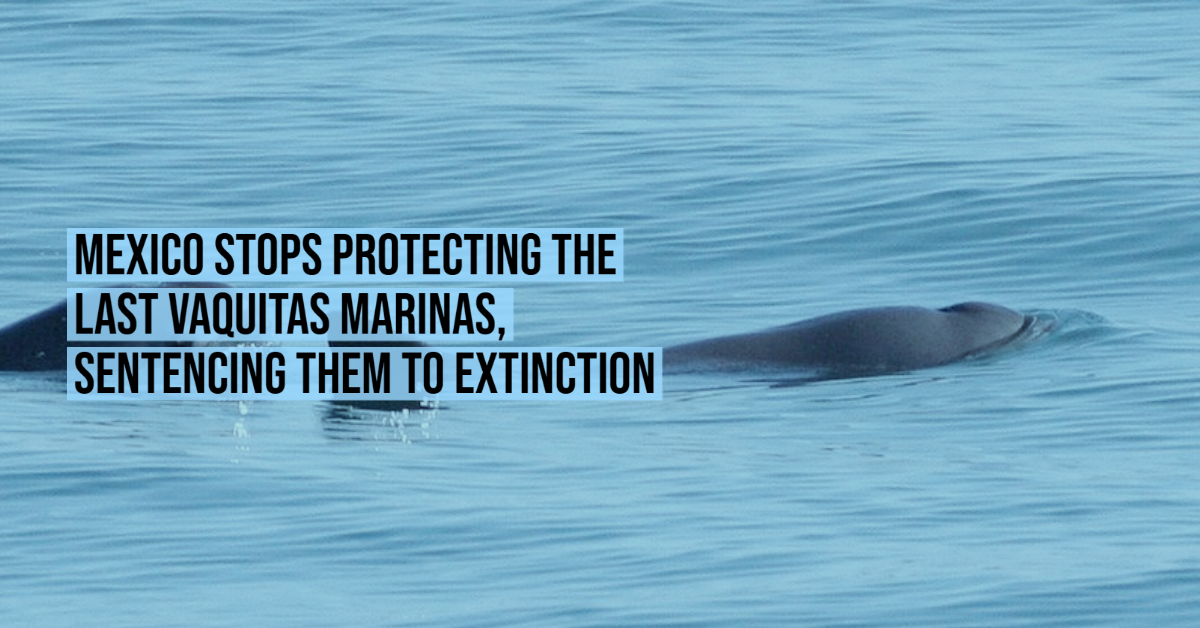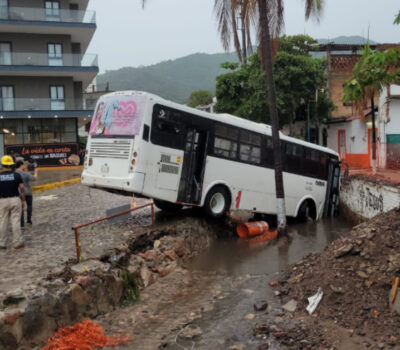The government of Mexico officially ended the policy of maintaining a fishing-free zone around the last surviving vaquitas, sentencing them to extinction.
The measure announced Wednesday replaces the “zero tolerance” fishing-free zone in the Upper Gulf of California with a sliding scale of sanctions in the event of repeated sightings of more than 60 boats in the region, giving up on protecting the species with a fishing-free zone.
Because Mexico has not been able to implement the current restrictions, which prohibit the presence of vessels in that small area, the sliding scale penalties also appear to be doomed to irrelevance and the end of the remaining vaquitas in the world.
In essence, environmental experts said the move leaves the world’s most threatened marine mammal exposed to the gillnets in which it becomes trapped and drowns. The nets are placed to catch totoaba, a fish whose swim bladder is considered a delicacy in China, and sells for thousands of dollars per kilo.
Alex Olivera, Mexico’s representative at the Center for Biological Diversity, said that the rules establish a sliding scale of responses to a situation that should not be allowed in the first place. For example, the Ministry of Agriculture and Rural Development reported that it will use 60% of its security personnel if 20 fishing boats or fewer are observed in the restricted zone.
“It is silly. They are expected to count vessels within a zone called zero tolerance, where no vessels are allowed,” Olivera pointed out. “They are leaving dozens of boats open.”
“The concept of zero tolerance is ending,” Olivera said. “There is only going to be a deterrent,” he added.
A conservation expert who is familiar with the case, but who cannot be identified for fear of retaliation, commented that the new rules “imply not protecting the vaquita.”
“It seems that the fishing authority wants to bring the vaquita to extinction,” said the expert.
Two ships from the environmental group Sea Shepherd have worked with elements of the Mexican Navy to try to remove gillnets from the area, but they are often outnumbered and attacked by fishermen, who are not afraid of confronting sailors with force.
In January, two fishermen rammed their small boat into a larger boat used by Sea Shepherd to remove the nets. Sea Shepherd said its ship, the Farley Mowat, was removing illegal gillnets from the waters of the Gulf, also known as the Sea of Cortez, when people from a group of about half a dozen small fishing boats started throwing Molotov cocktails against the ship, setting fire to the bow and another part of the ship.
The nets confiscated by the Sea Shepherd ships are expensive, so fishermen attack environmental groups to try to recover them. The fishermen say they have not received compensation from the Mexican government for the loss of fishing income. Fishermen’s representative groups did not immediately comment on the matter.
The Upper Gulf of California is the only place in the world where the vaquita lives.
The Mexican Ministry of the Environment had said that the decrease in the number of vaquitas and in the size of the area in which they have been seen in recent years justified the reduction of the protection zone that, in theory, previously covered most of the Upper Gulf.
Formally known as the “Vaquita Refuge Zone,” the area begins around the Colorado River delta and extends south past the fishing town of San Felipe and near Puerto Peñasco.
But as the number of specimens declined to a few dozen, and then less than a dozen, scientists and ecologists decided to make one last defense in the “zero tolerance”, a much smaller area where the last few surviving vaquitas were known to be.
The number of specimens is confirmed through underwater listening devices that graph the screeches and screeches that the animals make, even as sightings are increasingly rare.
The government of Mexico officially ended the policy of maintaining a fishing-free zone around the last surviving vaquitas, sentencing them to extinction.
Continue reading










